Rebuilding another Piano – an 1893 Weber Grand
In an earlier post about Rebuilding A Piano, I mentioned an older piano — A Weber 6-foot, 2-inch grand. I bought it from the University of Nebraska at Omaha after winning the James B. Peterson Concerto Competition. As part of the competition, I was scheduled to perform Gershwin’s Concerto in F with the Town and Gown Orchestra at UNO, and I needed a better rehearsal instrument. The Department Chair, Roger Foltz, suggested there might be a grand piano available for a $500 contribution to the scholarship fund. I had $500, and was soon the proud owner of an late 19th-century Weber Grand Piano.
It turned out to have an interesting history. Originally owned by Eugenie Whitmore, the musical daughter of a wealthy Omaha businessman, the piano was most likely purchased at the 1893 Columbia Exposition in Chicago, Illinois — the “White City” where Edison and Tesla competed to wire an entire small city with electric light for the first time. Edison won the contract, the Westinghouse Company had a giant display at the fair, and most attendees saw their first electric lights. There were many other superlatives: a 633 acre site, 75 million board feet of lumber, 18,000 tons of iron and steel, 120,000 incandescent lights, 30,000 tons of stucco, 14 main buildings with total floor space of 63 million square feet. This marked an important coming of age moment for the United States and marked the transition for many from an agrarian society to the modern Industrial Age. It is estimated that 27.5 million people visited the exposition in it’s 6-month run from all over the globe, including 25% of United States citizens.
Eugenie Whitmore was probably born in 1888 (there is some discrepancy between various publications and her death certificate) and showed musical ability early in her life. According to “The Hachet“, published in March of 1898, “When scarcely eight years old she surprised everyone by her execution of the well known Paderewski Minuet”. According to contemporary sources, her father purchased the Weber 6-foot 2-inch grand piano (serial #35680) at the Columbia Exposition, although published records from the era indicate that many of the major piano manufacturers of the day, including Weber, pulled out of the exposition over the juried competition requirement. Other sources indicate that vendors had those manufacturers’ pianos on site, so the story of her father’s purchase is plausible. Nevertheless, the piano’s serial number puts it squarely in the 1890’s and an advertising brochure from the 1880’s includes a picture of the Queen Anne carved case identical to it.
Ms. Whitmore continued to pursue music, and was active in music and art circles throughout her life. In addition to giving recitals, she supported the symphony and opera and left a charitable trust after her death. While active in the symphony community, she hosted visiting artists and held parties in their honor. It is likely that many of them played the Weber grand piano, and according to a technician who had serviced the piano while she was still alive, she had pictures of those artists displayed on the piano. Unfortunately, the story is hard to verify because parts of her estate, including the piano were left to the University of Nebraska at Omaha after she passed away in 1978. Perhaps the pictures and other musical artifacts are part of a university archive. Still, it’s fun to imagine the piano in my home has been played by such notable artists as Ignace Paderewski or Rudolf Serkin.
I’ve always wanted to restore the piano, and in 1982, with the help of Randy George, an Omaha piano technician who serviced the university pianos, I was able to restring it. That was a big improvement, and it still tunes easily and holds a tuning well. The action hasn’t received much attention for at least 40 years though, and has some problems. I hope to improve it over the next few weeks. With the generous help of Bernard Mollberg, a master piano rebuilder in Blanco, Texas, I will be rebuilding the action, including new hammers and shanks, keyboard service and regulation. I may also decide to replace the antique rocker capstans and whippens, but I’ll make that determination when we’re further into the project. The goal: a more comfortable and responsive action combined with the sound of a historic, 19th-century piano. Next: Teardown!
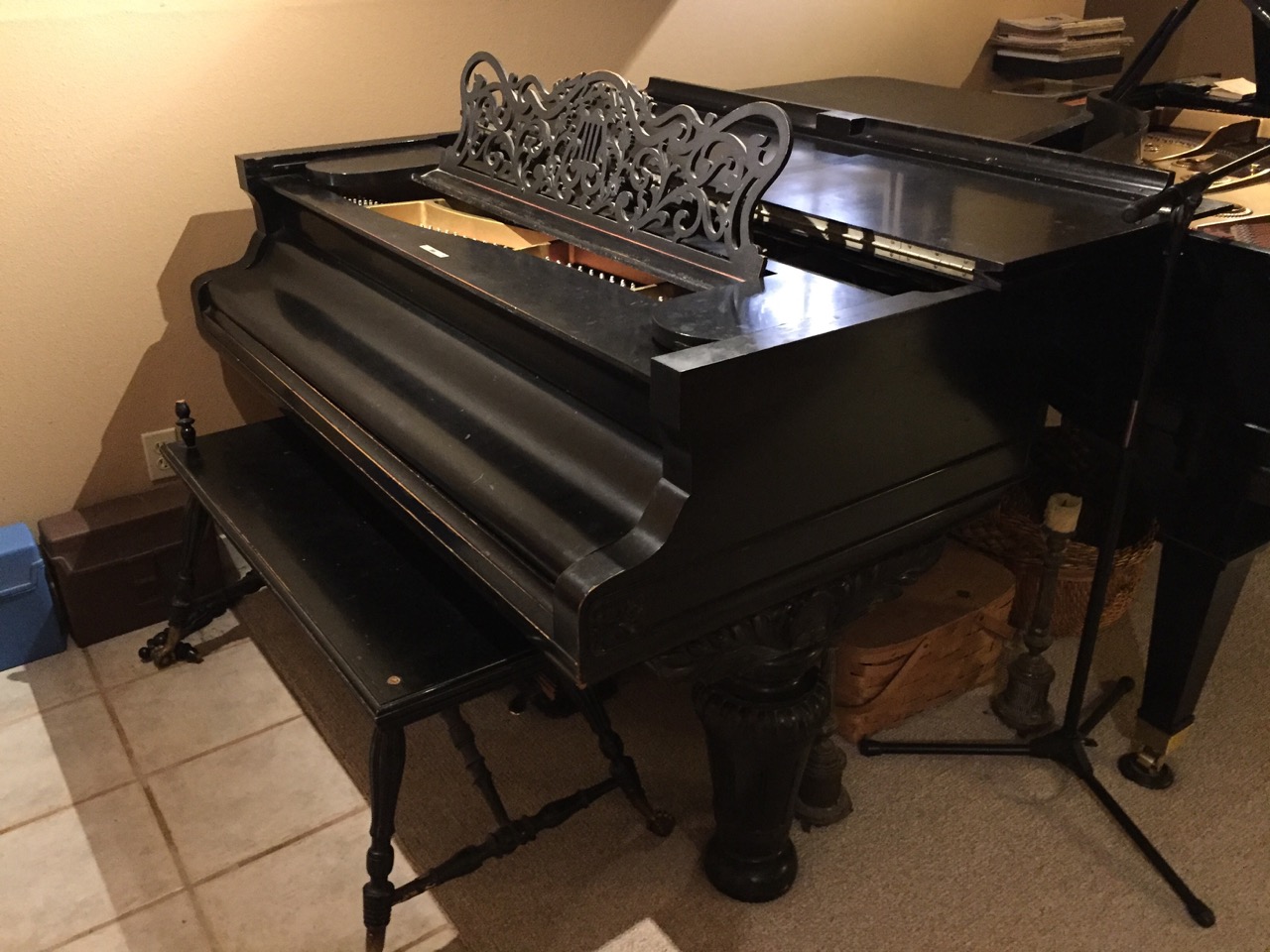
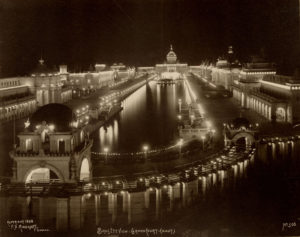
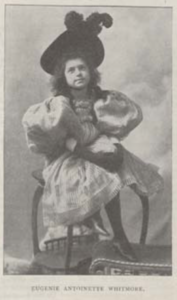
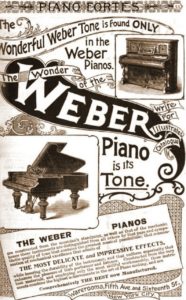
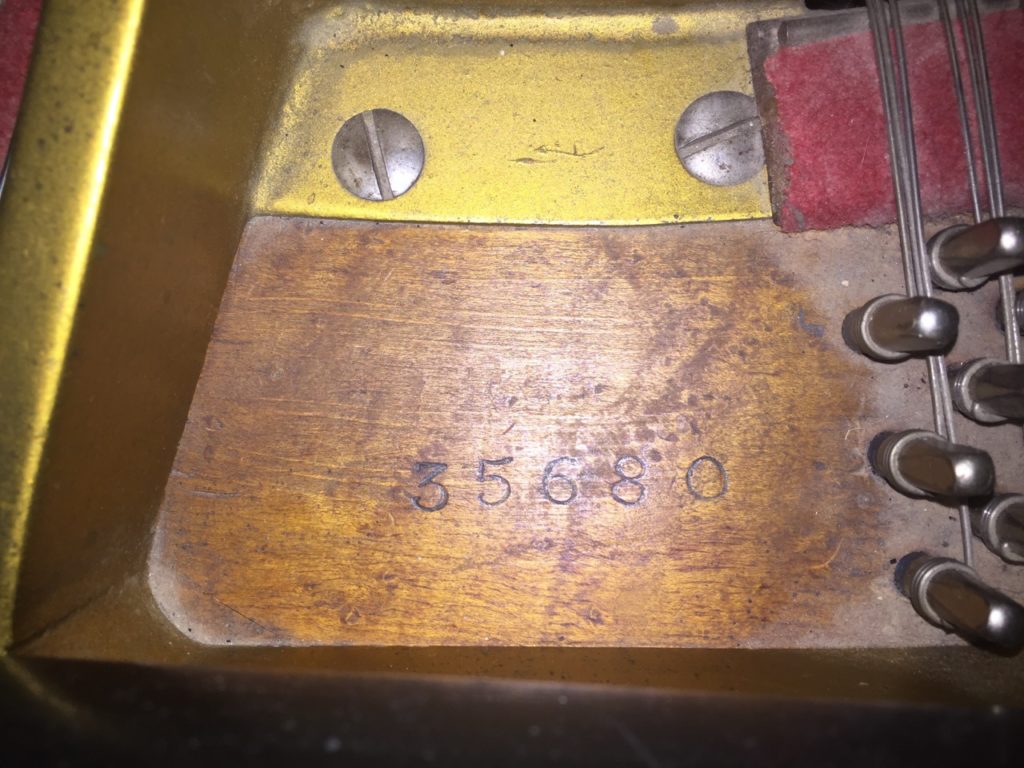
Pingback:Weber Grand Piano Action – Teardown | Roy Creek Ranch